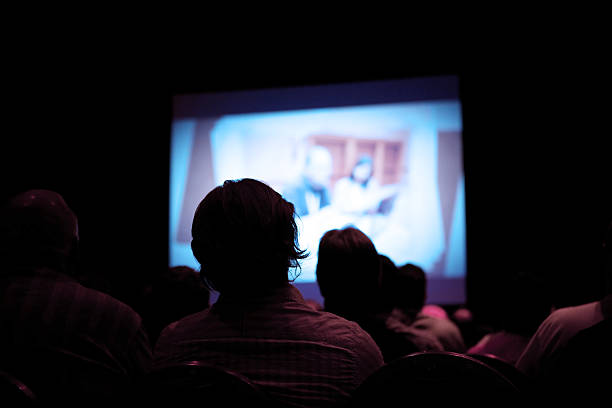The Resurgence of Silent Cinema: A Nostalgic Throwback or a Modern Revolution?
The advent of sound in film was a monumental shift in the entertainment industry, but recent trends suggest a rekindled interest in silent cinema. This article delves into the history, current status, and the potential future of this resurfacing phenomenon.

Silent Cinema: A Historical Overview
Silent films, characterized by their lack of synchronized recorded sound, dominated the global film industry from the late 19th century until the late 1920s. These films relied heavily on visual storytelling, utilizing exaggerated acting, intertitles, and live music to convey plot and emotion. The era produced some of the most iconic figures in film history, including Charlie Chaplin, Buster Keaton, and Mary Pickford.
However, with the introduction of ‘talkies’—films with recorded dialogue—in the late 1920s, silent films gradually faded into obscurity. The advent of sound fundamentally transformed the cinematic art form, pushing silent cinema to the periphery of film history.
Silent Cinema in the 21st Century: A Silent Resurgence?
Despite the dominance of sound in modern cinema, the 21st century has seen an unexpected resurgence in silent film. Films such as ‘The Artist’ (2011) and ‘A Quiet Place’ (2018) have garnered critical acclaim and commercial success, showcasing the enduring appeal of silent storytelling.
‘The Artist’, a French silent film, won five Academy Awards, including Best Picture, becoming the first silent film to win this award since ‘Wings’ in 1927. ‘A Quiet Place’, although not entirely silent, relies heavily on visual storytelling and ambient sound, demonstrating a significant departure from typical sound-dominated cinema.
The Significance and Impact of Modern Silent Cinema
The resurgence of silent cinema in the 21st century is not merely a nostalgic throwback to a bygone era. It represents a counter-movement to the sound-dominated mainstream cinema, providing a distinctive cinematic experience that challenges the audience’s mode of engagement with film.
Silent films require active engagement from the viewer, who must interpret visual cues and nuances rather than relying on dialogue. This form of storytelling can be seen as an artistic challenge, pushing filmmakers to experiment with new methods of visual communication to convey narrative and emotion.
The Reception of Silent Cinema’s Resurgence
The reception of modern silent cinema has been generally positive, with critics praising these films’ innovative storytelling and visual creativity. However, these films also face challenges in reaching a broader audience, as the lack of dialogue can be off-putting to some viewers.
Yet, the critical and commercial success of films like ‘The Artist’ and ‘A Quiet Place’ indicates a potential market for silent cinema. With an increasing number of filmmakers exploring this medium, silent cinema may continue to carve out a niche in the contemporary film industry.
Silent Cinema: A Flash in the Pan or Here to Stay?
While the resurgence of silent cinema is undoubtedly intriguing, its future remains uncertain. Will this trend continue, or is it merely a fleeting nod to the past? Only time will tell.
However, the growing interest in silent cinema—both from filmmakers and audiences—suggests that this medium may have a sustainable future. As filmmakers continue to push the boundaries of visual storytelling, and as audiences seek out diverse cinematic experiences, silent cinema may yet find its place in the 21st-century film industry.





